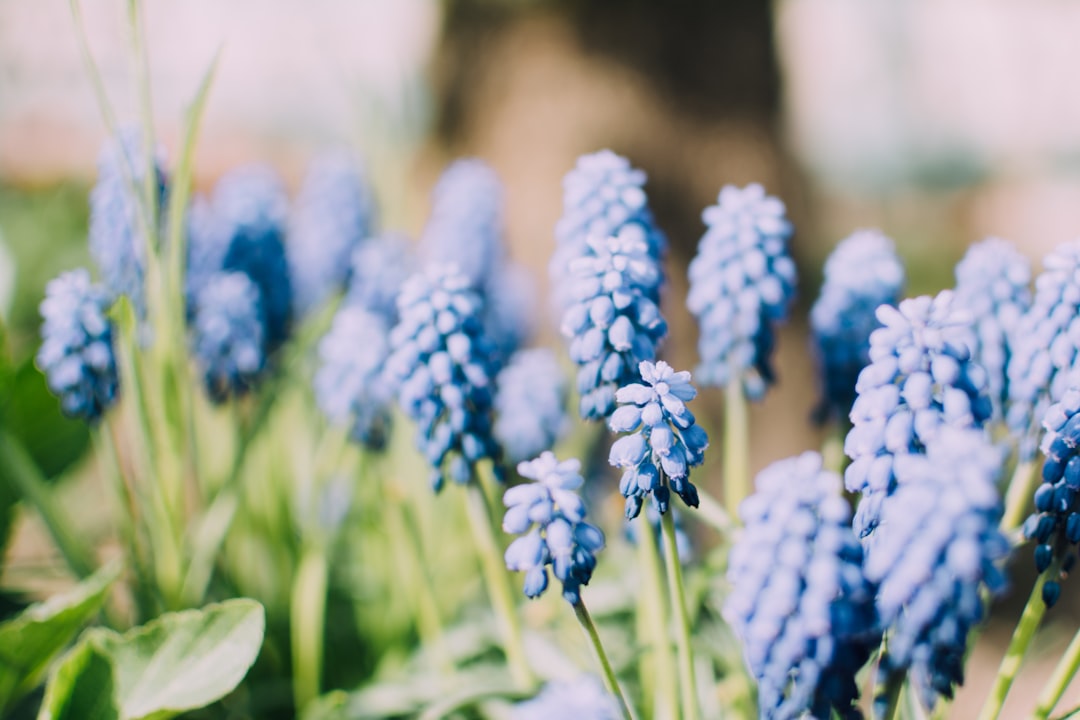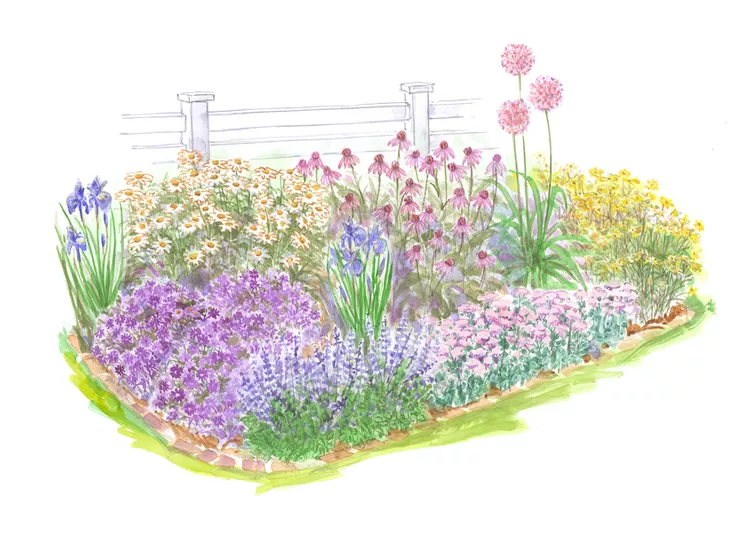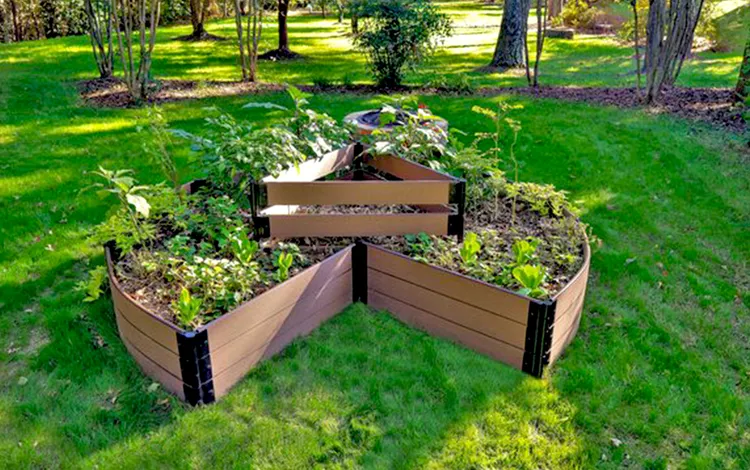Houseplants not only add a touch of nature to our indoor spaces but also contribute to a healthier environment. However, over time, the leaves of these plants can accumulate dust, which not only affects their appearance but also hinders their ability to photosynthesize effectively. In this article, we'll explore various methods to clean houseplant leaves, including those of fuzzy - leafed plants, and ensure that your plants stay healthy and vibrant.
First, let's understand why cleaning houseplant leaves is so important. Dust on the leaves acts as a barrier, preventing sunlight from reaching the chloroplasts in the plant cells. Chloroplasts are responsible for photosynthesis, the process by which plants convert light energy into chemical energy. When dust blocks sunlight, the plant's growth can be stunted, and it may become more susceptible to diseases. Additionally, a layer of dust can make your beautiful houseplants look dull and unappealing.
For smooth - leafed plants, one of the simplest methods is to use a damp cloth. Start by filling a bowl with lukewarm water. You can add a small amount of mild liquid soap, but make sure it's free from harsh chemicals that could harm the plant. Dip a soft, clean cloth into the soapy water, wring it out gently so that it's just damp, not dripping. Then, carefully wipe each leaf, starting from the base and moving towards the tip. This method allows you to remove the dust effectively while also giving the leaves a gentle massage, which can stimulate growth. After wiping, use a dry cloth to remove any excess moisture. This helps prevent the growth of mold and mildew on the leaves.
Another option for smooth - leafed plants is to use a spray bottle. Fill the spray bottle with lukewarm water and mist the leaves thoroughly. Make sure to cover both the top and the bottom of the leaves. After misting, let the plant sit for a few minutes to allow the dust to loosen. Then, use a soft brush, such as a paintbrush or a makeup brush, to gently brush away the dust. This method is especially useful for plants with hard - to - reach areas or for those with a large number of small leaves.
Now, let's talk about fuzzy - leafed plants. These plants, such as African violets and lamb's ear, require a more delicate approach. Using a damp cloth or spraying water directly on the leaves can cause damage, as the moisture can get trapped in the fuzz and lead to rot. Instead, use a soft, dry brush to gently remove the dust. A small, clean paintbrush or a makeup brush works well. Hold the plant gently and brush the leaves in the direction of the fuzz. This will help lift the dust without disturbing the delicate hairs on the leaves.
Some plants can even be cleaned in the shower. This is a great option for larger plants or those with a lot of leaves. Before taking your plant into the shower, make sure the water temperature is lukewarm. Cold water can shock the plant, while hot water can damage it. Place the plant in the shower and let the water run over the leaves gently. Use your hands to gently swish the leaves around to ensure that all the dust is removed. After the shower, let the plant drain thoroughly before placing it back in its original location. Make sure not to leave the plant sitting in water, as this can lead to root rot.
It's also important to note that the frequency of cleaning depends on several factors, such as the location of the plant, the amount of dust in the environment, and the type of plant. Plants placed near windows or in high - traffic areas may need to be cleaned more often. As a general rule, it's a good idea to check your plants regularly and clean the leaves as soon as you notice a layer of dust.
In addition to regular cleaning, you can also take steps to prevent dust from accumulating on your houseplants. Place air purifiers in the room to reduce the amount of dust in the air. You can also use a humidifier, as a slightly higher humidity level can help keep the leaves clean and prevent dust from sticking. Another tip is to avoid placing your plants in areas where there is a lot of air movement, such as near fans or vents, as this can blow dust onto the leaves.
By following these tips and techniques, you can keep your houseplant leaves clean and healthy. Not only will your plants look more beautiful, but they will also thrive and contribute to a more pleasant and healthy indoor environment. So, take the time to care for your houseplants and enjoy the benefits of a green and vibrant home.




















